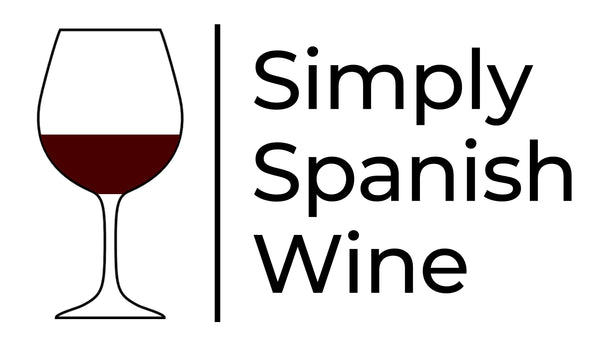Photo by Pavel Danilyuk
We’ve said it before, wine is a very personal thing and it’s not up to us – or anyone else for that matter – to tell you whether you like a wine, or not, and why. That’s very much up to you and, thank goodness, we’re all different.
That said, wine writers and wine professionals taste hundreds, even thousands of wines every year so they do need some sort of objective criteria to decide whether a wine is any good. In other words, in purely qualitative terms – and leaving aside the question of whether you, the taster, like it or not - is the wine in your glass well made?
To do that, people often use the BLIC approach. BLIC is an acronym – slightly confusingly referred to as EPIC in Spanish! – which stands for Balance, Length, Intensity and Complexity. Together, they are the four pillars if you like that really define the quality of a wine. Let’s take a closer look at each of them in turn.
Balance
First of all, balance. As you might expect, balance refers to a (highly desirable) state in which the different components in the wine like alcohol, acidity, sweetness, tannins, fruit and other flavours are all in equilibrium, with no single element dominating. By way of example, if we were tasting a fortified wine where alcohol is a key factor, we’d be looking to ensure that that alcohol didn’t dominate or overpower other flavours. Equally, if we were assessing an oak aged wine, we’d be on the look out to ensure that the tertiary aromas – ie the ones that come from the ageing process – didn’t mask the primary aromas from the vineyard, leaving the wine lacking in freshness and….out of balance.
Length
Next up in our assessment process is length, and it’s a relatively easy one to assess. When we talk about the length of a wine, what we really mean is how long its flavour remains in our mouth and nose after we have swallowed it (or spat it out!). Needless to say, the longer the better – in fact, a mouthful of the finest wine can seem to linger for minutes, sometimes hours, after we’ve swallowed it, prolonging our drinking pleasure.
Intensity
Intensity is perhaps a little trickier to assess. What we’re trying to determine here is whether the various aromas and flavours in the wine jump out at you, or whether they are more subtle and more nuanced. To some extent the intensity of a wine will depend on the variety of grape used to make it, and some wines will be very bold and upfront with lots of fruit that fades very quickly, whilst others will be subtler, more intriguing and ultimately more persistent.
Complexity
Finally, and linked to intensity, we have complexity. Put simply, we’re asking ourselves here whether the wine is a bit simple and one-dimensional, or whether it has multiple layers to it which make it interesting. A lot of a wine’s complexity comes from the vineyard, and ensuring it makes it to the glass is down to the skill of the viticulturist to ensure the fruit is in tip top condition, and the winemaker who needs to preserve and enhance all the complex compounds in the grapes while still ensuring that the wine is balanced. Additional complexity can also come from ageing wine in wooden barrels which allows micro oxygenation to take place and so-called tertiary* aromas to develop. And finally, the time a wine spends in the bottle before it is opened encourages other subtle but complex chemical reactions that give new flavours to a wine.
As we said at the start, individual wine preferences vary enormously from person to person, and span the whole gamut from the light and ethereal to the full-bodied and fruit forward and everything in between. But we hope this quick look at assessing wine in terms of quality using the BLIC approach will give you some food for thought and make your own wine journey that little bit more fun!

